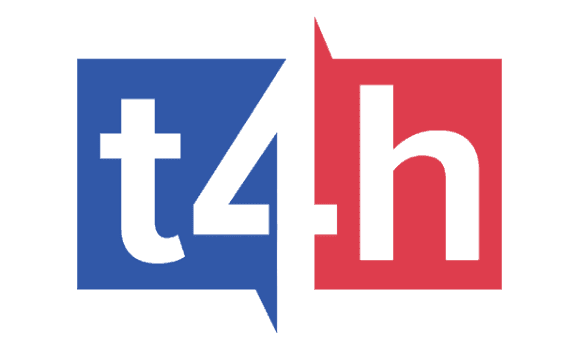2021 was the year of change and progression in the workplace. We saw the rise of the ‘Great Resignation’ and the unprecedented disruption it brought to the recruitment industry. The ongoing effects of COVID have led to mental health being impacted and a sharp rise of people leaving the workplace. Now we’re in 2022 and we’re looking at healthcare staffing trends for the current year.
While 2021 was the year of the resignation, it seems that 2022 is the year to improve the effects COVID-19 has on the healthcare recruitment sector. Therefore, in this article, we are highlighting the healthcare staffing trends that you can expect to see in 2022.
1. Virtual Hiring – the first of the big healthcare staffing trends
In 2020, virtual conferencing tools, such as Zoom, became vital to the day-to-day running of many businesses. They also arose as indispensable tools for hiring and interviewing talent during a time when face-to-face meetings were impossible and unsafe.
As society and the workplace slowly return to normal, people are questioning if virtual hiring will continue. However, we believe that the appeal for virtual hiring will still be a trend in 2022, and even more so for healthcare workers. To be specific, virtual hiring is cost-efficient and time-efficient. You don’t need to use as much time to interview talent when you can do it virtually and it’s often more accommodating for both the interviewee and the employer.
Additionally, some platforms allow you to ask job applicants for videos answering predetermined questions you would want them to respond to, such as LinkedIn Video Intro. This is a trend that we expect to see an increase in the next year as it is more time-efficient than even video interviews.
Overall, COVID-19 pushed us into using new platforms and tools to enable easier interviewing and onboarding processes as we worked from home. However, these advances in recruitment and hiring are likely to stick around for much longer than we first anticipated. This highlights the progression of technology in recruiting and its potential to help hire more healthcare talent more efficiently.

2. Workforce well-being
A new trend has been growing throughout the global pandemic in which workers are prioritizing their well-being. As a result, their employers are also prioritizing these issues in an attempt to keep them. This is particularly important in the healthcare industry where the risk of burnout is much higher than in other industries. In suffering from burnout, healthcare practitioners are more liable to make mistakes and the lives of their patients are in danger as a consequence. This highlights the necessity of workforce wellbeing for not only the workers themselves but the care of their patients and the performance of the healthcare organizations they work for.
As 2022 progresses, we expect that workforce well-being in the healthcare industry will be of the highest priority as we recover from the global pandemic. We believe that introducing workforce wellbeing early on in the hiring process is imperative, as healthcare workers are under immense pressure and have been for some time.
3. Automation
The automation of processes is discussed often, as the world is ever-changing and becoming much more technical every minute. Previously, healthcare was one of the slowest industries in adopting automation, although this is something that we expect to change in 2022.
So far according to CAQH, the healthcare industry has reportedly saved $122 billion through the adoption of automation, and it could save a further $16 billion by fully automating some common tasks. Furthermore, automation can help alleviate the healthcare staffing crisis as it helps to reduce human intervention. This eases the burden for staff, taking the less menial tasks that can now be completed through process automation.
4. Upskilling/Reskilling
The demand for skills is evolving, and it’s becoming more expensive to hire skilled talent. This is where upskilling and reskilling come into play. Upskilling is the process of learning new skills, whereas reskilling is the process of learning new skills in your workplace to take on a different task or role. Employers are realizing that it’s cheaper to teach talent the skills they require of them, rather than trying to attain new skilled talent. It’s a process that is becoming more popular, and something we expect to see more of in the healthcare industry.
The healthcare industry is changing all the time, so much so that new skills are often needed and encouraged. Through continuous training and refreshing skills, organizations can ensure that the workforce will be at the top of their game. Moreover, because there are talent shortages in the healthcare industry, it means that workers can take over roles if they are understaffed.
Final thoughts on healthcare staffing trends for 2022
The ‘Great Resignation’ and the global pandemic combined left the healthcare industry in a hard place. However, it is continuing to improve and adapt to its new normal. The four healthcare workforce trends mentioned in this article are already making waves in how healthcare organizations hire and manage talent. But we can also expect to see them become the standard methods of hiring and managing the healthcare workforce in the wake of COVID-19.

Chloe Mumford
Author
Chloe Mumford is a content writer and researcher for US Tech Solutions. After completing her BSc in Sociology, Chloe transitioned over into the workforce management industry with an interest in talent solutions. She writes about on-demand talent solutions, Total Talent Management and the potential of talent technology. She can be reached via LinkedIn.

